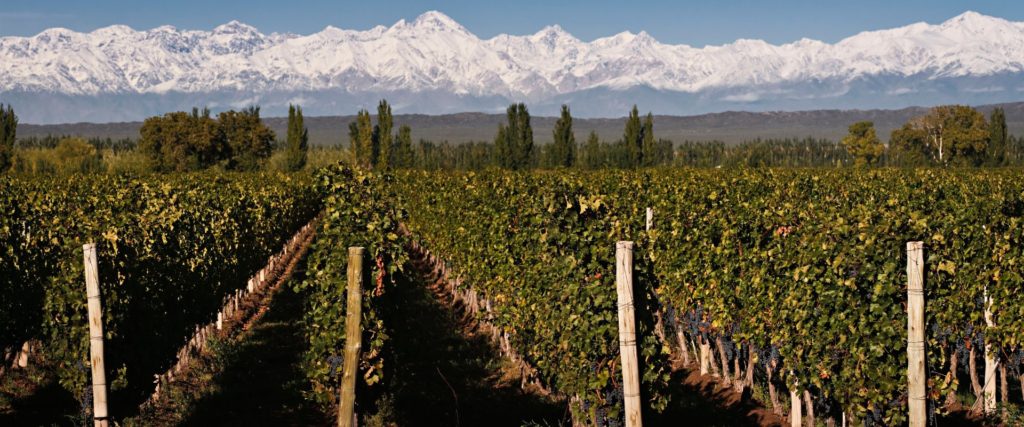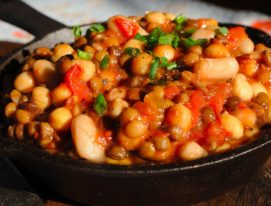In Argentina, seven out of ten bottles that are uncorked, are red. Of those seven, 60% are Malbec. A logical figure for a country with this varietal as the flagship grape of the wine industry. However, talk of Malbec is no longer just about young reds or reserve wines, today with this strain all possible styles are made. But how many different types of Argentine Malbec are there?
Meanwhile labels with curious local winemakers test the versatility of Malbec. Below we review what this colourful strain has to offer, beyond the classics.
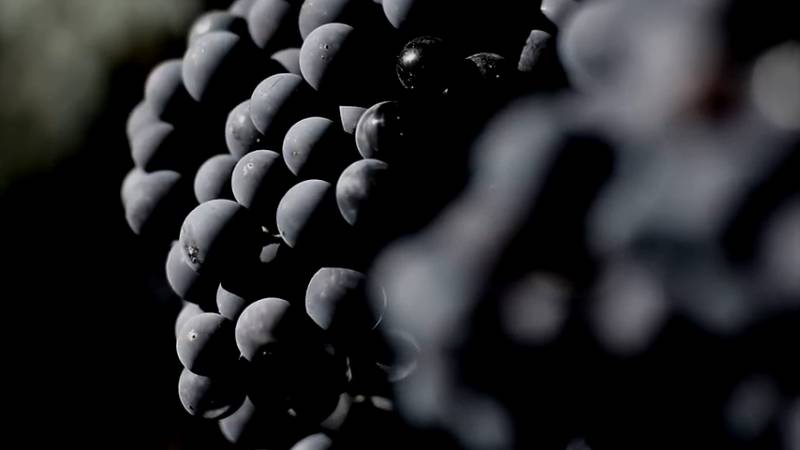
Types of Argentine Malbec
More and more rosés
It is impossible to keep track of how many Malbec Rosé wines there are on the market. The revival of these wines in recent years has taken sales to a historic peak.
The best thing about it was that it responded to a rising demand throughout the year, and there is an explanation: it is no longer about products from the processing of red wines, these wines are born in the vineyard.
For this the fruits are harvested in mid-summer, others use different vintages and all shorten the maceration time to achieve fresher, lighter and livelier wines.
Among these new style serves such as Doña Paula Malbec Rosé, Andeluna Malbec Rosé, Casarena Estate Malbec Rosé, Norton Quintaesencia, Terrazas de los Andes Malbec Rosé y Anaia Malbec Rosé.
Sparkling, the glam version
Sparkling Malbecs (rosés, whites and reds) have been gaining ground among Argentine Malbecs in recent years.
One of the landmarks in the story centers around Bodega Chandon when in the 2000s they enhanced the local identity and flavor of their cuvées rosés, as well as Mauricio Lorca’s Lois sparkling wines for Bodega Foster which were intended to be Blanc de Noirs, although the skins rarely lent a great deal of color.
Today, many wineries are using Malbec for their sparkling wines, such as the one made by Marcelo Pelleriti for the Lindaflor line produced by Bodega Monteviejo, which is a subtle, lively rosé.
Among the classics on the market Luigi Bosca Finca La Linda Rosé and Navarro Correas Brut Rosé while sweet sparkling wines like Deseado Malbec from Familia Schroeder and Dolce Rosé of Cooperativa La Riojana.
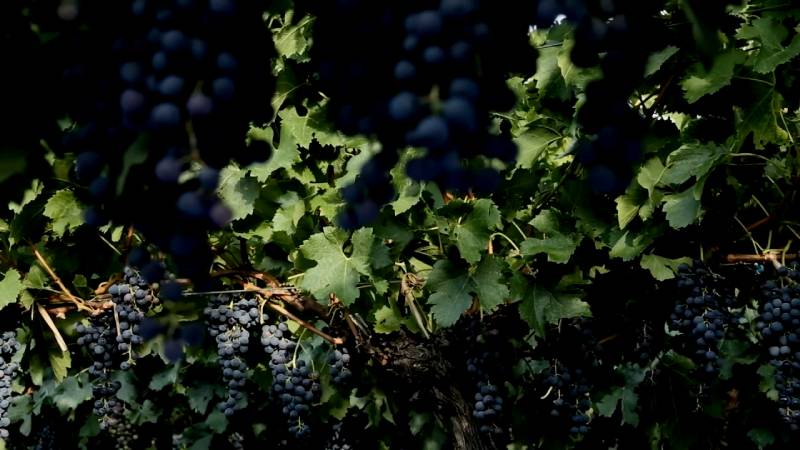
Late-harvested sweet wines, stars of autumn
Every year, while wineries are turning most of their grapes into wine, a sizeable number of grapes are left on the vine to be picked later on in autumn. Among these, Malbecs are growing more and more appreciated, adding to the number of different types of Argentine Malbec available.
To the surprise of many the most important varietal grapes in the country have given rise to exquisite sweet late harvest reds, ideal to accompany chocolate cakes, nuts and cheese platters. Demand is high and each year new more styles come to market.
Stand outs among this new Argentine specialty include Laborum Malbec Tardío, Penedo Borges Tardío Malbec, Melipal Late Harvest Malbec and the distinctive ICE from Las Perdices, made with naturally dried grapes harvested in June when the temperatures in Mendoza are at their lowest.
White Malbec, a surprise style
Ten years ago, Colosso Wines stunned Malbec lovers with their Indomable Blanc de Malbec, a white made with red grapes that produced a relaxed style in the glass with flavors of fresh cherry and plum, white flowers and the odd hint of citrus while on the palate it’s broad and tense. It was certainly a curiosity.
Although the public immediately embraced the style, another decade had to go by before more wineries joined the White Malbec movement. These new labels included Trivento White Malbec which has become a sales success in the British summer, Finca Las Moras Dadá White Malbec and the more recent Misterio White Malbec by Finca Flichman.
With this style growing more popular, it’s clear that the variety continues to surprise us with its thousand and one different incarnations.
Burly Malbec
In 2000, Familia Zuccardi created a bold style for their Malbec and so was born one of their most successful labels: Malamado, the first leading varietal of the country. In fact, its name is a play on words that decrypts its vinification, “Malbec the Oporto way.” Produced only with Malbec grapes, it is headed by an alcohol level up to 18 degrees and contains 120 grams of sugar per litre.
Since then, it has become a local classic to accompany desserts, chocolates and after-dinner conversation. Following on from the success of sweet wines, new fortified versions appeared such as Porto de Magodas, the Stradivarius collection from Bodegas Bianchi; Rutini Encabezado de Malbec; Domaine Bousquet Malbec Dulce and the recent Riccitelli Vintage, which the winemaker Matías Riccitelli makes with Malbec grapes from Gualtallary.
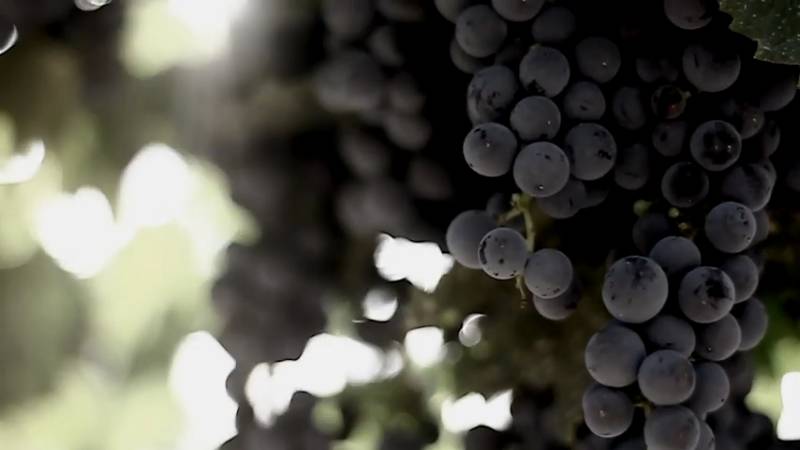
The spirit of Malbec
In Argentina the strong heritage left by waves of Italian and Spanish immigrants explains the passion of local winemakers to keep the tradition of grappa alive.
Ideal for the table on any cold night with the warmth of a fireplace, these drinks that shake the soul have regional versions from Malbec grapes. It is an open secret that in our country these distillations are abound although most are for family consumption.
However, the interest in the market has also attracted the attention of mixologists as they invent new craft cocktails.
Prepared the same way as Italian Grappa and los orujos españoles, Norton Grappa de Malbec (40% alc), Grappa D.V. Catena (41% alc), Grappa Sin Fin (40 % alc), Rutini Destilado de Orujo Malbec (41% alc) y Aniapa Aguardiente de Malbec (41% alc), but the most daring example is Hilbing, the first gin made with Malbec.

